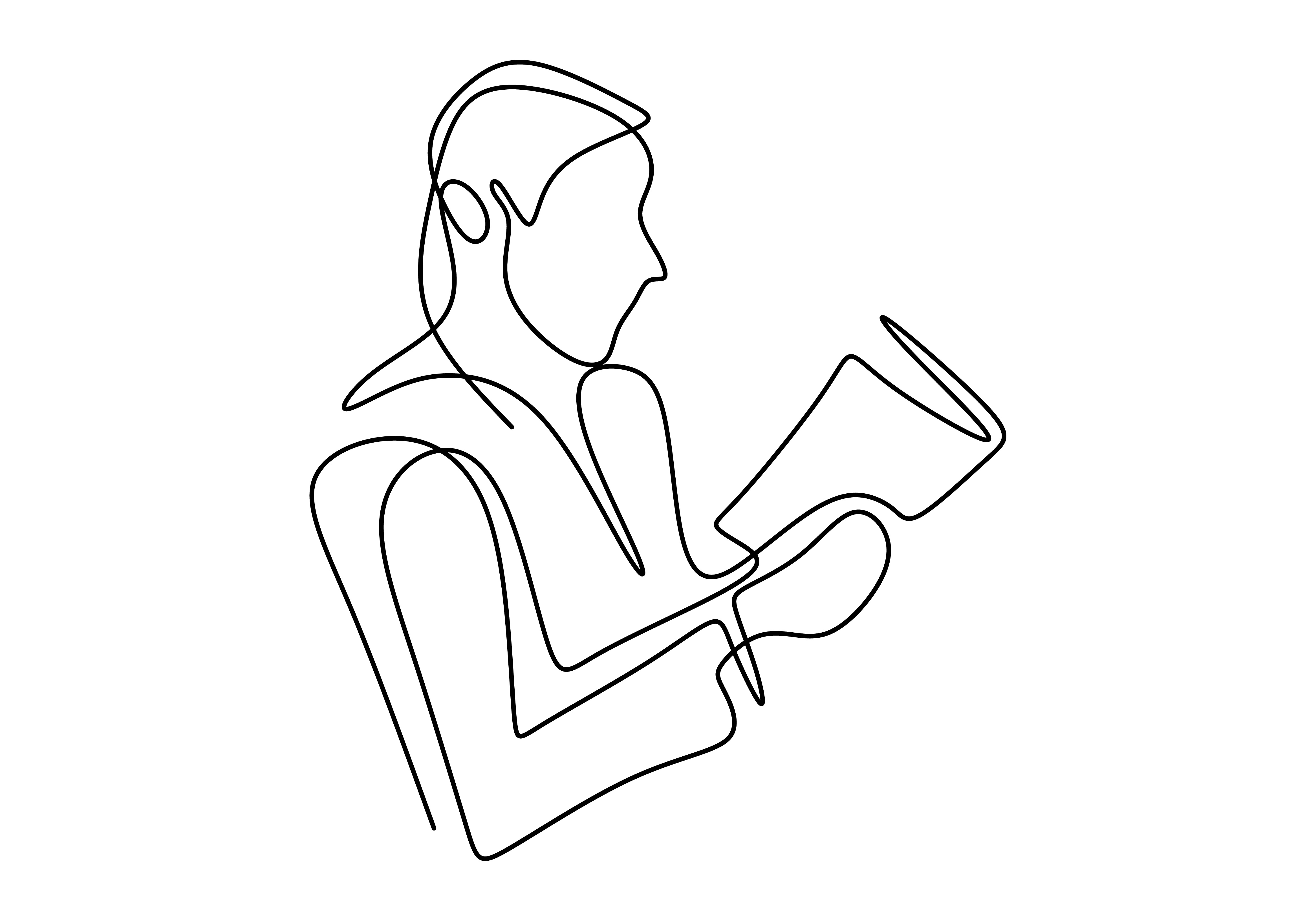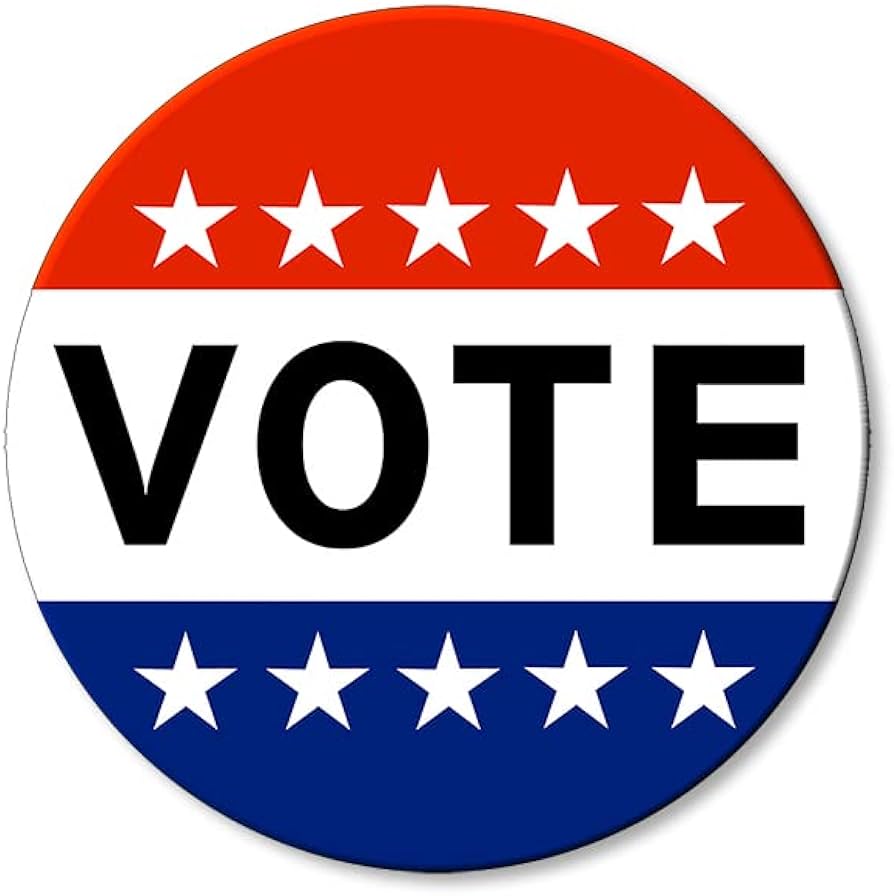

There didn’t seem to be any correlation with the main form of the dæmon and who the person was. Some characters I would have though would have had creatures considered “strong” had what would otherwise be prey animals. There’s even the tale about the person that didn’t like water, but became a sailor to be close to their dolphin (?) dæmon.
So as much as I’d like to choose an animal I would like, random chance would likely decide for me.















Lots of countries and even states in the USA are forcing “age verification” laws before displaying certain content. The OP in that link doesn’t say what state they were in or what article they were trying to read, but I’m wondering if their complaint is more with their state government passing draconian laws rather that Google on this one.